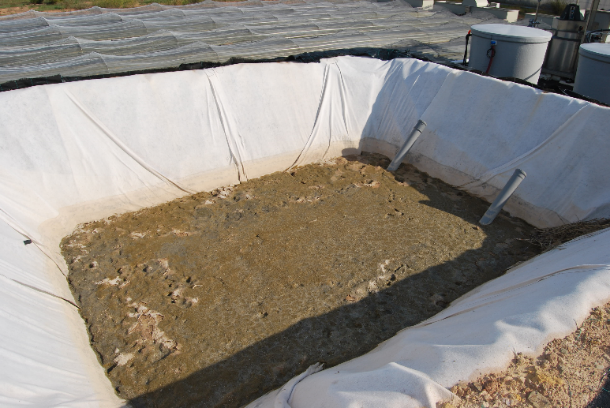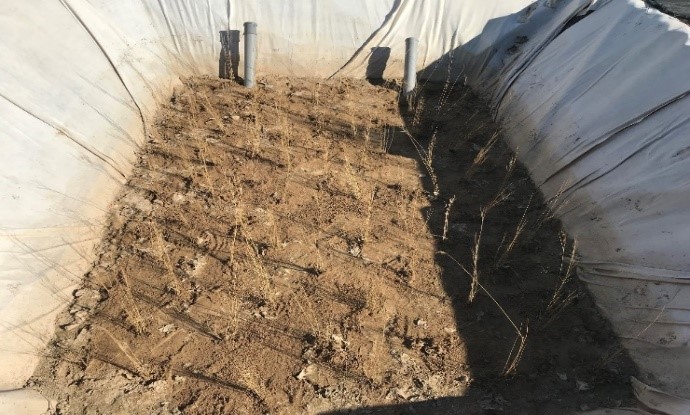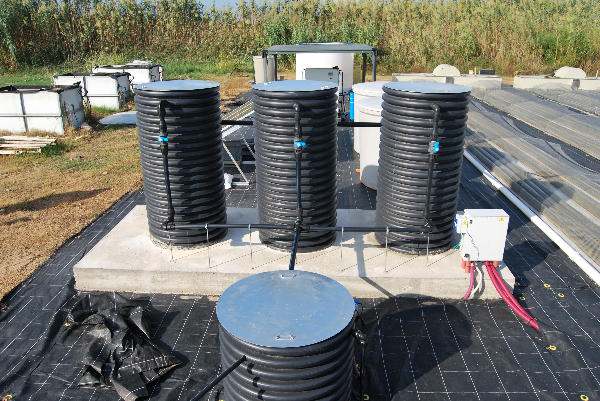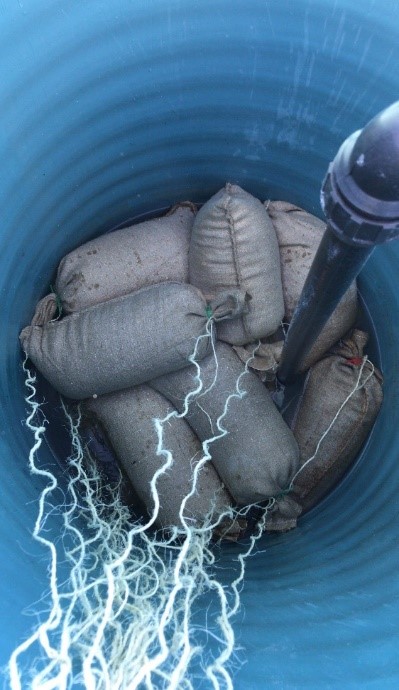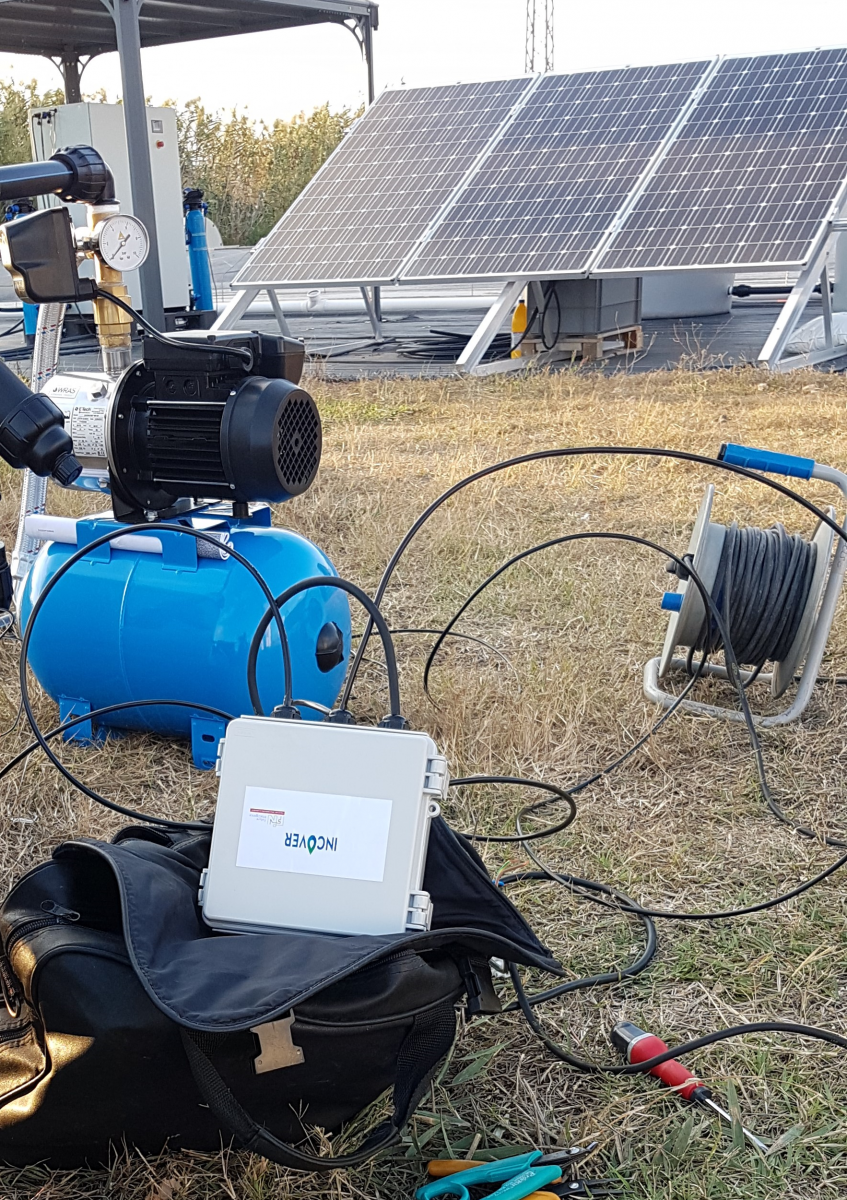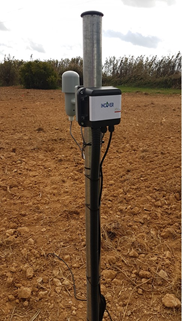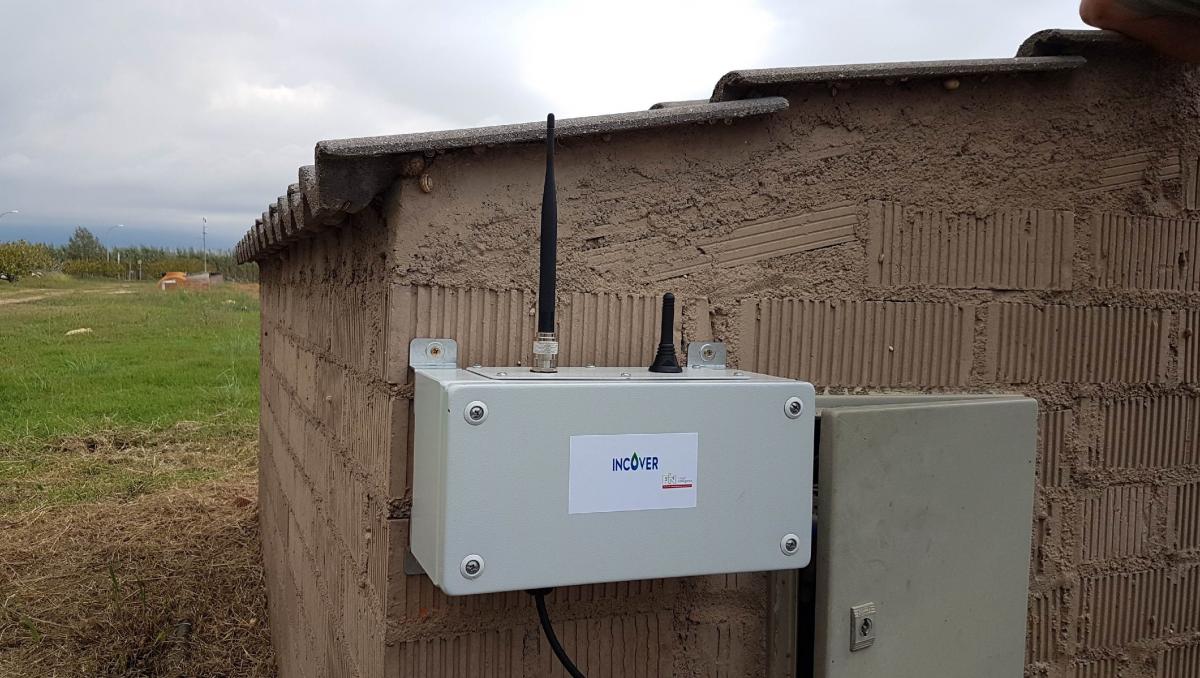Agròpolis biofactory: Microalgae, bioenergy and clean water.
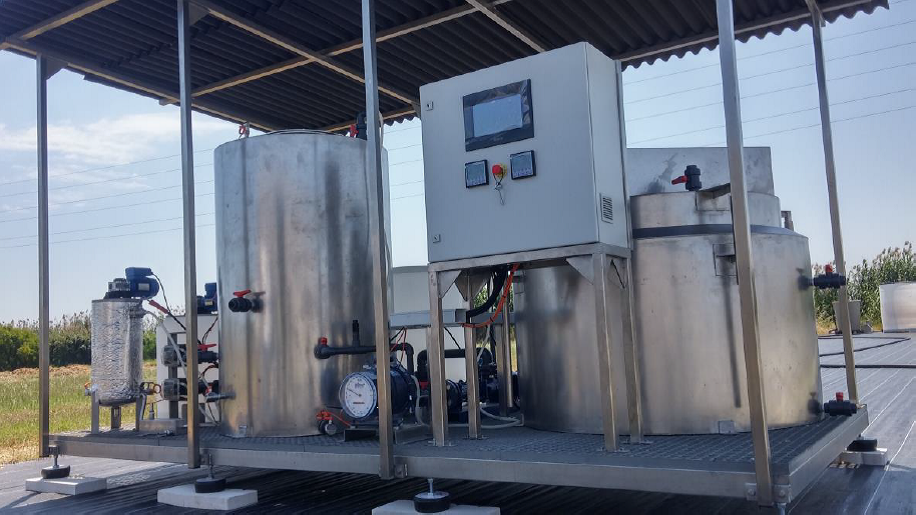
This last half of 2017 has been pretty hectic at the Case study 1 plant in Agròpolis (Barcelona). The three photobioreactors (PBRs) have been functioning at full potential, coinciding with the highest illumination period of the year. Microalgae production currently achieved is approximately 2 kg of dry matter per day. The biomass digestion unit was fully installed during the last week of May 2017 and has been operative since June, producing around 100 L of biogas per day. In February 2018, the biogas upgrading column (Universidad de Valladolid) will be installed to simultaneously remove CO2, H2S, NH3 and VOCs from biogas and so increase the CH4 concentration up to 99%. On the photo above: Algae anaerobic digestion system installed in Agrópolis (UPC, Barcelona). From left to right of the image: thermal pretreatment unit, anaerobic digester, control pannel and gasometer.
During summer 2017, colleagues from Centre for Recirkulering and Aarhus University constructed a 6 m2 sludge treatment wetland, recently planted with Phragmites australis, to dewater and stabilize the sludge from the digester and obtain biofertilizers for agricultural reuse. A plan for applying sludge has been made. Initially, the bed was loaded with water to ensure the establishment of the plants and, once this is achieved, the start-up digestate loading rate will be around 35 kg TS/m2 month, which will be gradually increased to reach the project objectives.
Sludge wetland built in Agrópolis (UPC, Barcelona), before and after the planting (left and right image, respectively).
Regarding the water treatment line, clarified water from the lamella settler is currently reaching the solar driven disinfection system designed and developed by SolarSpring Gmbh to provide reclaimed water of a very high quality (very low turbidity, soluble total solids below 0.6 mg/L).
Each purification system is equipped with a disc filter, a media filter, an ultrafiltration membrane module, an activated carbon filter and a UV-reactor. As the core of each system a mulitbore UF-module retains suspended solids and microorganisms, as different bacteria and viruses, up to 99,99%. To ensure the high quality of the treated water, activated carbon filtration and UV disinfection is used as post treatment. The energy for both water disinfection systems is provided by solar panels and batteries, which enable the systems to run up to 20h/d. Both systems are equipped with a 3G remote communication system in order to get feedback from several sensors and to control and adapt the operation of both systems online.
To find the optimum operation parameters for this waste water application both disinfection systems have been installed in parallel with the option to modify single parameters and systems settings of each system. Based on the initial layout and the setting of standard parameters both systems have been running from November 2017 until January 2018 without any need of chemical cleaning (CIP). In January 2018 the system layout of one disinfecting system has been modified to perform the first long term test of different membrane cleaning strategies over the following months.

Solar-driven ultrafiltration and disinfection unit installed by SolarSpring Gmbh in Agrópolis (UPC, Barcelona)
Then, the effluent is subsequently delivered to three nutrients-recovery columns that, during recent weeks, have been readied to start its functioning. The columns are filled with material that recovers phosphorous from wastewaters in a form that can be retrieved and released in a controlled fashion. After various lab tests carried out by DTI partner, 300 kg of coated calcite based material were placed inside the columns that receive the UF-disinfected water.
DTI recovery columns (left) and phosphorous recovery material (right) placed in the wastewater treatment process line in Agropolis, UPC.
The effluent from the columns will be used to irrigate a small area of agricultural land within the Agròpolis facilities (around 250 m2). Rapeseed (Brassica napus) was sowed during the end of September 2017. Colleagues of FINT visited the plant in October 2017 installed and tested the ICT components of the irrigation system (FINoT Agri node, FINoT irrigation controller and FINoT gateway) that were built in-house. These devices facilitate remote farm-monitoring and control of cultivation key performance indicators such as soil/ air temperature and humidity and weather conditions and enable flexible over-the-air irrigation scheduling. A scalable Wireless Sensor Network (WSNs, based on System-On-a-Chip devices) has been created that can network, integrate and deliver online every other proximate object’s (sensor/ actuator) payload.
Irrigation controller, soil and air node, gateway

